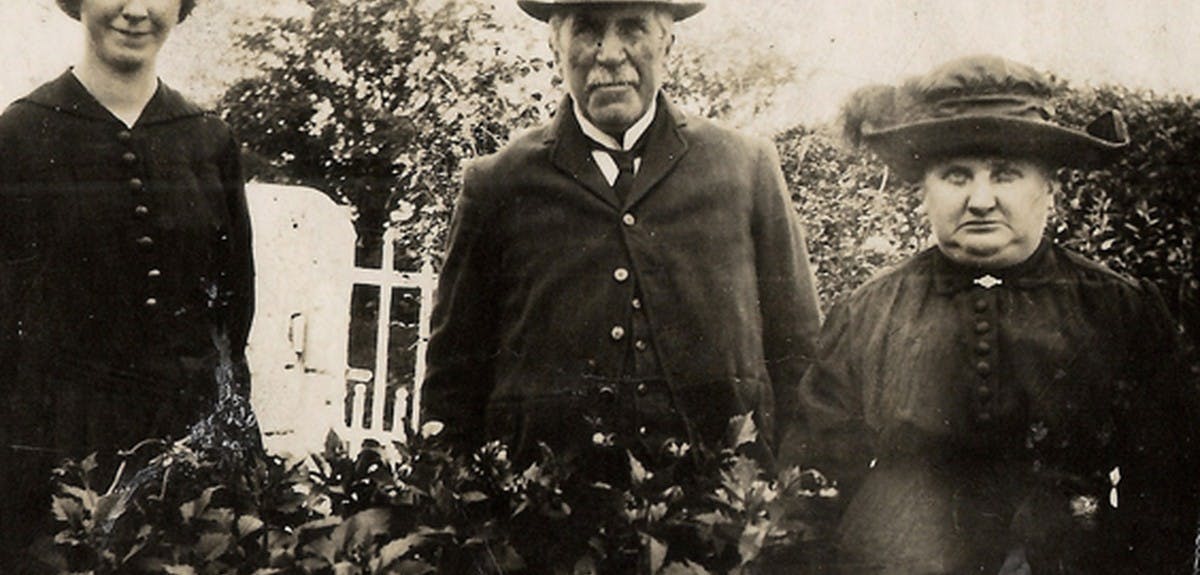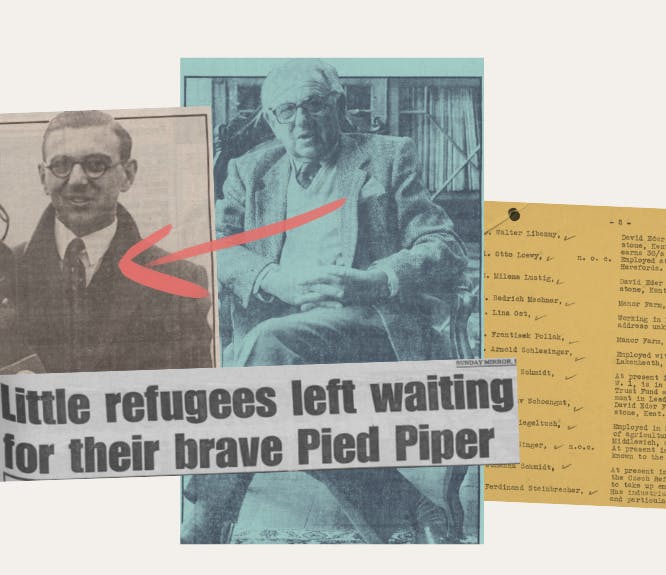Griffith's Valuation, the gateway to Irish research
3-4 minute read
By The Findmypast Team | April 24, 2012

In this week's Eneclann expert post Fiona explains the importance of Griffith's Valuation as agateway to further research
The destruction of almost the entire 19th Century Census records has meant that Irish family history researchers have to be creative and look for 'census substitutes' among the existing records. The best known 'census substitute' is Griffith's Valuation, published between 1847 and 1864.
Griffith's Valuation is the backbone of Irish genealogy. It is a 'gateway' source that can direct you to other record sets containing more detailed information on your ancestors. If you find your ancestor in Griffith's Valuation you will almost certainly find sufficient evidence to examine other records in the Valuation Office and also to make links to records in other repositories such as the Registry of Deeds and the General Register Office, including:
The House and Field Books
These records were compiled between 1830 and 1844 by the Valuation Office. Although these records offer lean pickings, they can provide some invaluable detail on your ancestor's actual living conditions, provided they lived in a house that could be rented out yearly for £5.
For example, you can find out:
- the actual dimensions of the house, from which it's often possible to deduce their living space
- the records describe the type of building materials used for walls and roofs, i.e. mud or lime mortar, tiled or thatched roof, but also the state of repair of the house. This information is invaluable from a genealogist's standpoint.
- Detailed information on any offices or outbuildings, which can provide good background information if your ancestors were farmers or were involved in business.
Tip: Between 1830 and 1836, all houses that could be rented out annually for £3 are included in the survey, so that for this brief period the net of householders surveyed was significantly wider than was the case after 1836.
Perambulation Books
These records were compiled from late 1844 up to the early 1860s by the Valuation Office. They predate the publishing of Griffith's Valuation. In late 1844 the basic unit of the survey was changed from the townland to the tenement. The Perambulation Books extended the net of those surveyed to record the names of all occupiers including those rural dwellers who held land collectively. However tenants who rented on a weekly basis – in other words most ordinary working people in city tenements– were still not included.
Tip: Where the Perambulation and House and Field Books survive they are principally held in the National Archives of Ireland. They were transferred here from the Valuation Office. However, some missing volumes may yet remain in the Valuation Office. Volumes can also sometimes be found in county libraries and archives.
The Cancelled Books
These are the manuscript revisions of
Griffith's Valuation which were regularly updated from the time that it was first published. This was to ensure that everyone paid the correct rate of property tax. The actual time between revisions varies between districts but was usually every 18 months to 5 years. As a rule of thumb, urban areas including small villages were more regularly updated. If your ancestor was a householder the Cancelled Books will tell you approximately how long they remained at a particular townland address. Even if your ancestor was not a householder the Cancelled Books can tell you how long their family remained here. From this information you may be able to trace other relevant records, including the 1901 or 1911 Census.
The Cancelled Books can also indicate if your ancestor or their family ever bought out their holding under the Land Acts Purchase Schemes. You can then search for the deed of purchase in the Registry of Deeds using the landlord's name to search the grantor's index and the year of purchase as recorded in the margin of the Cancelled Book.
Where you see a householder's name 'struck out' of the book and you know they remained in Ireland and didn't emigrate, examine the right-hand margin for a corresponding entry of the year recorded in the same colour ink - this is the year in which this specific record was changed, i.e. the householder was struck out. You can then search by name and approximate year of death to trace a civil death record in the General Register Office. This is particularly helpful when researching a common name such as O'Grady, Brady or Connor.
Tip: Only the original manuscript volumes of the Cancelled Books are useful as a genealogical source. This is because its only possible to check the colour-coded changes using the manuscript originals. Although some microfilm scans of the original records have been made, these are useless from the perspective of genealogical research, and are for conservation purposes only. The Cancelled Books are held in the Valuation Office.
More information on the General Register Office
More information on the Valuation Office
More information on the Registry of Deeds
Related articles recommended for you

The remarkable true story of the man who saved 669 children from the Nazis
History Hub

Doctor Who season 14: digging into the new Doctor's family tree and more
Discoveries

Into the ice: the Antarctic expeditions of Sir Ernest Shackleton
History Hub

